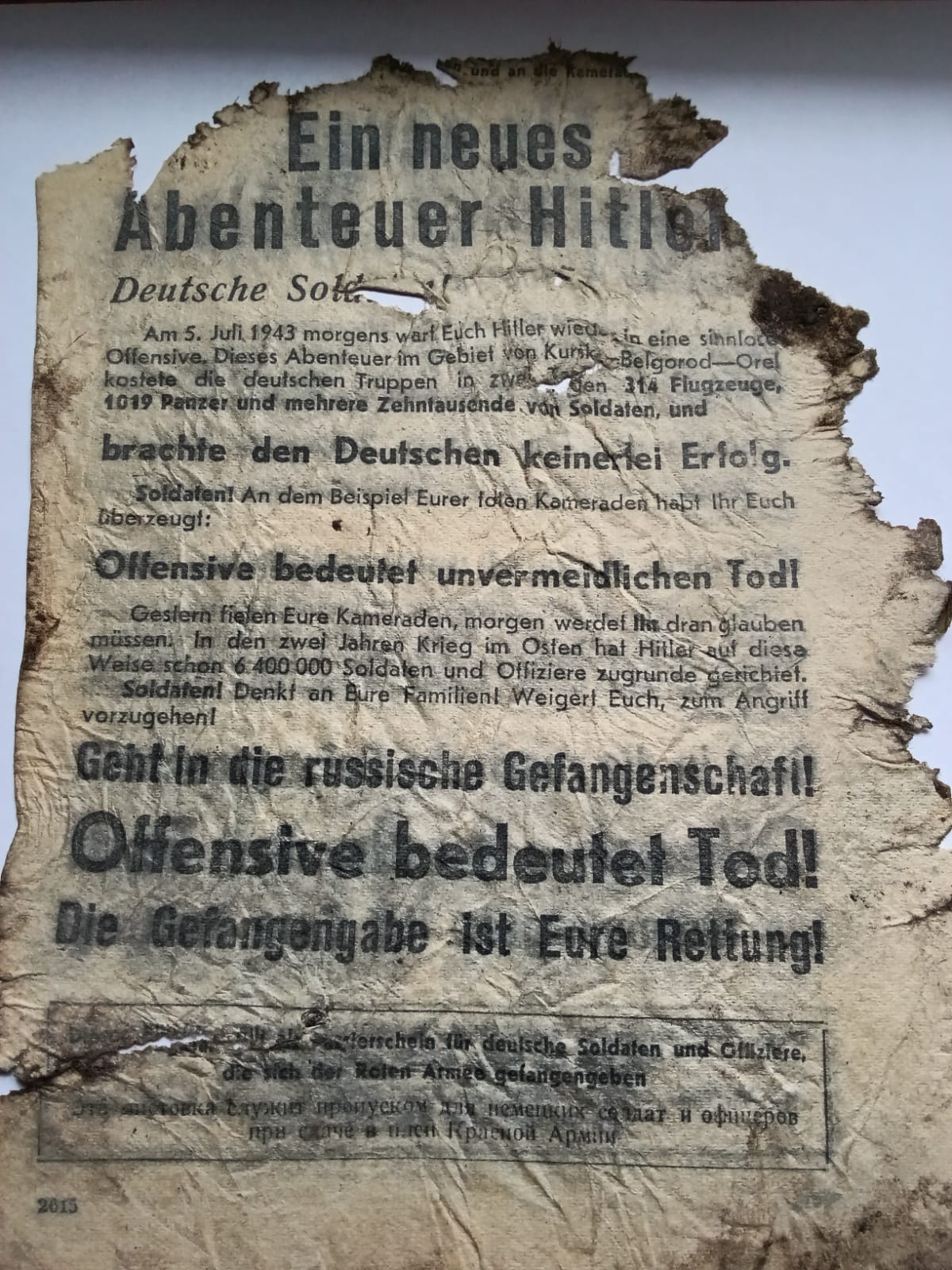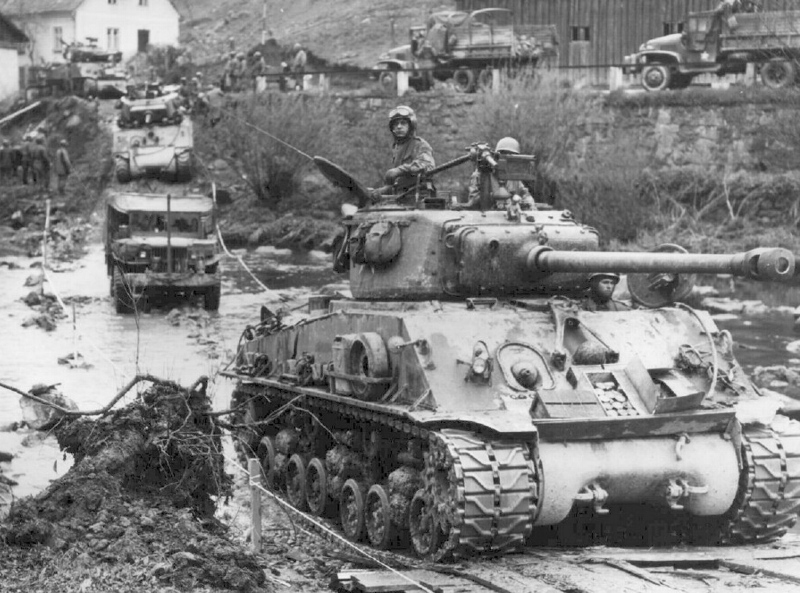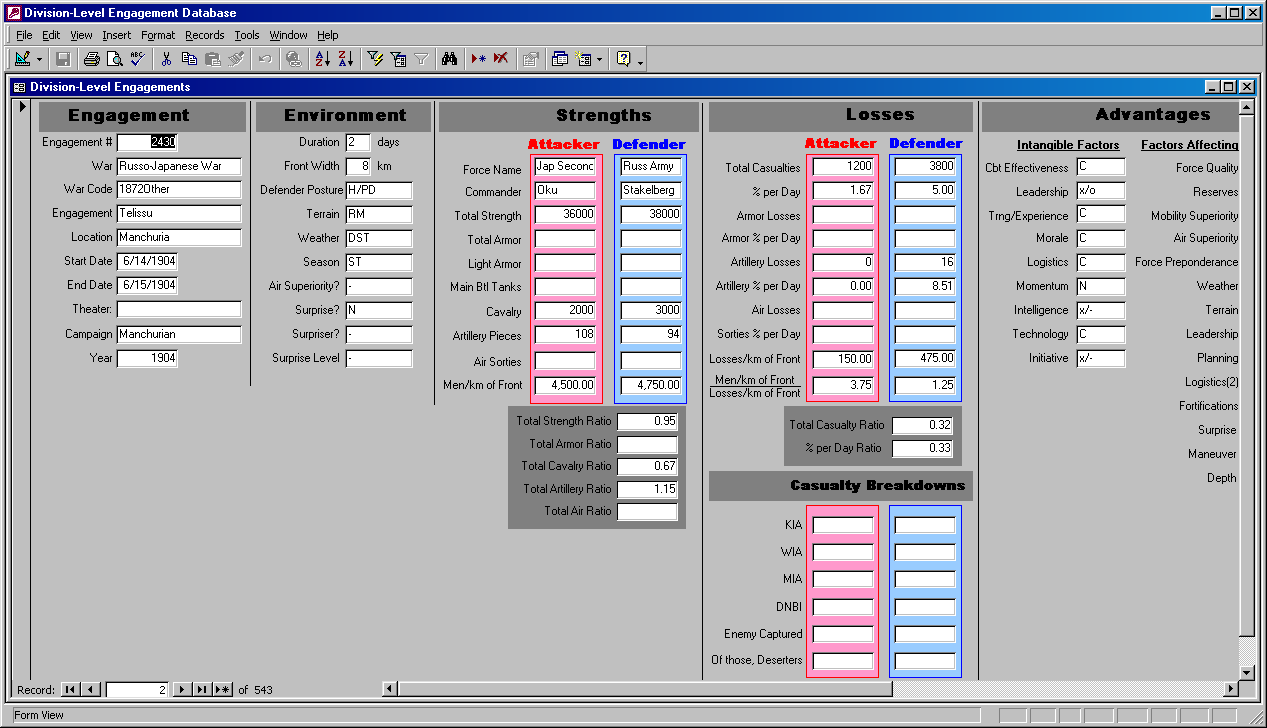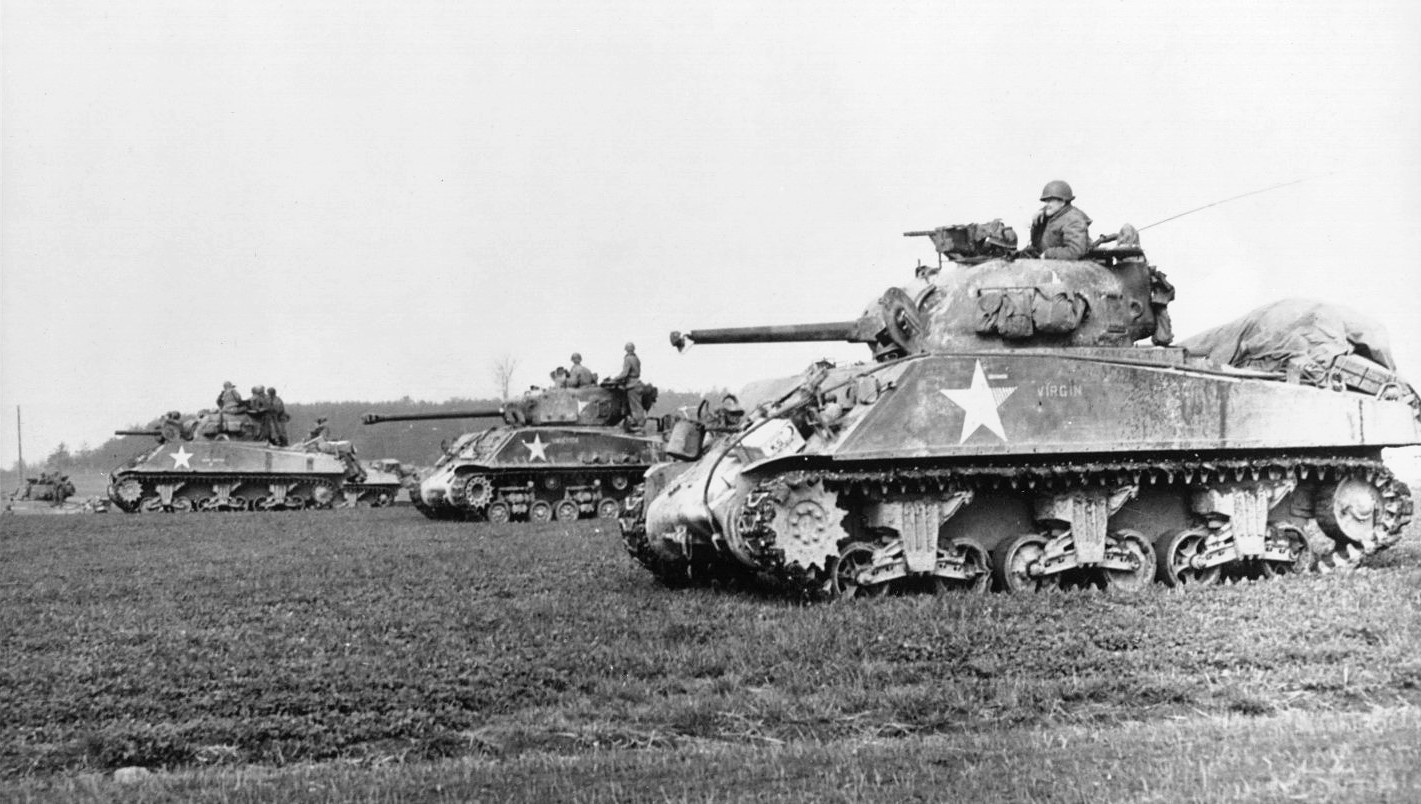I have four books in process or about to be released. They are:
The Battle for Kyiv:
– UK release date: 28 November
– U.S. release date: 18 January 2024
Aces at Kursk:
– UK release date: 30 January 2024
– U.S. release date: posted as 18 January 2024, but suspect release date will be in March 2024.
Hunting Falcon:
– UK release date: 28 February 2024
– U.S. release date: posted as 29 February 2024, but suspect released date will be in April 2024.
The Siege of Mariupol:
– UK release date: sometime in 2024
– U.S. release date: sometime in 2024
Books under consideration for 2024/2025:
– The Battle for the Donbas
– The Battle of Tolstoye Woods (from the Battle of Kursk)
– More War by Numbers

Excellence in Historical Research and Analysis

Excellence in Historical Research and Analysis
Category World War II
Air Combat Analysis on the Eastern Front in 1944-45 – Daniel Horvath

We did separate the conference in the afternoon and had two presentations given in another conference room. The first one was on Midway and the Aleutians. We did not record that. The second one was a virtual presentation, so we recorded that. It is here: (10) Air Combat Analysis on the Eastern Front in 1944 45: Horvath – YouTube
The link to the 21 slides for that presentation are here: Presentations from HAAC – Air Combat Analysis on the Eastern Front in 1944-45 | Mystics & Statistics (dupuyinstitute.org)
The link to the 64 slides for the previous unrecorded presentation is here: Presentations from HAAC – Midway and the Aleutians | Mystics & Statistics (dupuyinstitute.org)
Tigerfibel website
Wulf D. Brand is the translator and publisher of the original Tiger tank manual. He now has a new website. It is here: Tigerfibel – one of the most coveted WW2 books | TigerFibel.COM
Wulf was the translator for the German interviews in my Kursk book(s).
Previous post: Tigerfibel | Mystics & Statistics (dupuyinstitute.org)
Shebekino

Shebekino is a town in Belgorod province 19 miles (30 km) southeast of Belgorod. It population in the 2021 census was 39,680, down from 44,552 in 1989.
It was founded in 1713 and on 1 June 2023 came under fire from Ukrainian territory. The Ukrainian-allied Freedom of Russia Legion is conducting operations in this area, and Russia does not seem to be able to easily suppress them. There may be a 100 or so anti-Putin Russians operating there.
Shebekino is on the Nezhegol River just south of Maslova Pristan. During the Battle of Kursk, which started 4 July 1943, the town was at the southern end of the Seventh Guards Army area of deployment, and they were faced by the German 42nd Army Corps. The 42nd Army Corps conducted feint attacks on the first couple of days of the offensive, and no other significant actions occurred there during July or August 1943.
On the other hand, just to the Northwest, Maslova Pristan was at the center of a bloody German attack of 5 July 1943, where the 320th Infantry Division tried to cross the Donets River in the face of considerable Russian opposition. Even though this produced the bloodiest day of action in July by any German division during the offensive in south, these operations are often left entirely out of some books on the Battle of Kursk.
Anyhow, in my big book on Kursk, I do reference Shebekino some 13 times. The references are on pages 414 (twice), 415 (3 times), 417 (2 times), 494 (3), 495, 548, and 657.
I have never been to Shebekino, but I was at Maslov Pristan in the 1990s. I left one picture in my book of the railroad embankment at Maslova Pristan (page 224 and above) and the road from Maslova Pristan (page 225).
Some reports:
Attacks on Shebekino triggers criticism of Russian authorities – ISW report (yahoo.com)
Soviet Propaganda Leaflet, July 1943
Daniel Horvath, the author, has passed to me a copy of a Soviet propaganda leaflet from July 1943. He said it came from a crashed plane in Orel province.


It is the same thing on both sides of the two-sided printed leaflet. Translation: Russian Propaganda Leaflet (2)
Translation:
A New
Adventure by Hitler
German soldiers!
On the morning of July 5, Hitler again threw you into a senseless offensive. In two days, this adventure in the Kursk-Belgorod-Orel region cost the German troops 314 aircraft, 1019 tanks and several tens of thousands of soldiers, and
brought no success to the Germans.
Soldiers! With the example of your dead comrades you should be convinced:
The offensive means inevitable death!
Yesterday your comrades fell, tomorrow will be your turn for a reckoning. In the two years of war in the East, Hitler has already destroyed 6,400,000 soldiers and officers in this way.
Soldiers! Think of your families! Refuse to attack!
Go into Russian captivity!
The offensive means death!
Captivity is your salvation!
This leaflet is valid as a pass for German soldiers and officers who surrender to the Red Army.
,<The same in Russian>
Three books to be published this year

I have been quiet about the books that I am working on and publishing because some of them have been slower to release than expected.
I have three books coming out this year. The UK hardcover release dates are:
Aces at Kursk: 30 July 2023
The Battle of Kyiv: 30 August 2023
The Hunting Falcon: 30 September 2023
The U.S. hardcover release dates according to Amazon.com are:
Aces at Kursk: 30 September 2023
The Battle of Kyiv: 30 October 2023
The Hunting Falcon: 31 October 2023
So for a brief moment in time I will be pumping out a book a month. I am currently working on two other books (they might be released in 2023) and I have one other listed on Amazon.com (UK) called “The Other Battle of Kursk” with a release date of 16 July 2024. This is the book “The Battle of Tolstoye Woods.” This has been discussed with the publisher and I may get it published in 2024.
Of course, the only way one gets a book done is to ignore everything else. If some people feel I should be responding in a timely manner to their emails or requests, there is a reason I have not been. Sorry. Three books coming out in one year is evidence that there is some validity to that.
Some relevant links related to Aces at Kursk:
Aces at Kursk – Chapter Listing | Mystics & Statistics (dupuyinstitute.org)
Aces at Kursk | Mystics & Statistics (dupuyinstitute.org)
Is this my last Kursk book? | Mystics & Statistics (dupuyinstitute.org): The answer is no. I will be working on (and maybe completing) The Battle of Tolstoye Woods in 2024.
145 or 10? | Mystics & Statistics (dupuyinstitute.org)
So did Kozhedub shoot down 62, 64 or 66 planes? | Mystics & Statistics (dupuyinstitute.org)
5th Guards Fighter Regiment, 7 July 1943 | Mystics & Statistics (dupuyinstitute.org)
The 728th Fighter Regiment on 16 July 1943 | Mystics & Statistics (dupuyinstitute.org)
Soviet versus German kill claims at Kursk | Mystics & Statistics (dupuyinstitute.org)
So What Was Driving the Soviet Kill Claims? | Mystics & Statistics (dupuyinstitute.org)
Aces at Kursk – Chapters | Mystics & Statistics (dupuyinstitute.org)
And related to The Battle for Kyiv: most of this blog from December 2021 through April 2022:
December | 2021 | Mystics & Statistics (dupuyinstitute.org)
January | 2022 | Mystics & Statistics (dupuyinstitute.org)
February | 2022 | Mystics & Statistics (dupuyinstitute.org)
March | 2022 | Mystics & Statistics (dupuyinstitute.org)
April | 2022 | Mystics & Statistics (dupuyinstitute.org)
And related to Hunting Falcon:
Award Dates for the Blue Max (1916) | Mystics & Statistics (dupuyinstitute.org)
Advance Rates in Combat

Advance Rates in Combat:
Units maneuver before and during a battle to achieve a more favorable position. This maneuver is often unopposed and is not the subject of this discussion. Unopposed movement before combat is often quite fast, although often not as fast as people would like to assume. Once engaged with an opposing force, the front line between them also moves, usually moving forwards if the attacker is winning and moving backwards for the defender if he is losing or choosing to withdraw. These are opposed advance rates. This section is focused on discussing opposed advance rates or “advance rates in combat.”
The operations research and combat modeling community have often taken a short-hand step of predicting advance rates in combat based upon force ratios, so that a force with a three-to-one force ratio advances faster than a force with a two-to-one force ratio. But, there is not a direct relationship between force ratios and advance rates. There is an indirect relationship between them, in that higher forces ratios increased the chances of winning, and winning the combat and the degree of victory helps increase advance rates. There is little analytical work that has been done on this subject.[1]
Opposed advance rates are very much influenced by 1) terrain, 2) weather and 3) the degree of mechanization and mobilization, in addition to 4) the degree of enemy opposition. These four factors all influence what the rates will be.
In a study The Dupuy Institute did on enemy prisoner of war capture rates, we ended up coding a series of engagements by outcome. This has proven to a useful coding for the examination of advance rates. Engagements codes as outcomes I and II (limited action and limited attack) are not of concern for this discussion. The engagement coded as attack fails (outcome III) is significant, as these are cases where the attacker is determined to have failed. As such they often do not advance at all, sometimes have a very limited advance and sometimes are even pushed back (have a negative advance). For example, in our work on the subject, of our 271 division-level engagements from Western Europe 1943-45 the average advance rate was 1.81 kilometers per day. For Eastern Europe in 1943 the average advance rate was 4.54 kilometers per day based upon 173 division-level engagements.[2] These advance rates are irrespective of what the force ratios are for an engagement.
In contrast, in those engagements where the attacker is determined to have won and is coded as attacker advances (outcome IV) the attacker advances an average of 2.00 kilometers in the 142 engagements from Western Europe 1943-45. The average force ratio of these engagements was 2.17. In the case of Eastern Europe in 1943, the average advance rate was 5.80 kilometers based upon 73 engagements. The average force ratio of these engagements was 1.62.
We also coded engagements where the defender was penetrated (outcome V). These are those cases where the attacker penetrated the main defensive line of the defending unit, forcing them to either withdraw, reposition or counterattack. This penetration is achieved by either overwhelming combat power, the end result of an extended operation that finally pushes through the defenses, or a gap in the defensive line usually as a result of a mistake. Superior mechanization or mobility for the attacker can also make a difference. In those engagements where the defender was determined to have been penetrated the attacker advanced an average of 4.12 kilometers in 34 engagements from Western Europe 1943-45. The average force ratio of these engagements was 2.31. In the case of Eastern Europe in 1943, the average advance rates was 11.28 kilometers based upon 19 engagements. The average force ratio of these engagements was 1.99.
This clearly shows the difference in advance rate based upon outcome. It is only related to force ratios to the extant the force ratios are related to producing these different outcomes.
Also of significance is terrain and weather. Needless to say, significant blocking obstacles like bodies of water, can halt an advance and various rivers and creeks often considerably slow them, even with engineering and bridging support. Rugged terrain is more difficult to advance through and easier to defend and delay then smoother terrain. Closed or wooded terrain is more difficult to advance through and easier to defend and delay then open terrain. Urban terrain tends to also slow down advance rates, being effectively “closed terrain.” If it is raining then advance rates are slower than in clear weather. Sometimes considerably slower in heavy rain. The season it is, which does influence the amount of daylight, also affects the advance rate. Units move faster in daylight than in darkness. This is all heavily influenced by the road network and the number of roads in the area of advance.
No systematic study of advance rates has been done by the operations research community. Probably the most developed discussion of the subject was the material assembled for the combat models developed by Trevor Dupuy. This included addressing the effects of terrain and weather and road network on the advance rates. A combat model is an imperfect theory of combat.
Even though this combat modeling effort is far from perfect and fundamentally based upon quantifying factors derived by professional judgment, tables derived from this modeling effort have become standard presentations in a couple of U.S. Army and USMC planning and reference manuals. This includes U.S. Army Staff Reference Guide and the Marine Corps’ MAGTF Planner’s Reference Manual.[3]
The original table, from Numbers, Predictions and War, is here:[4]
STANDARD (UNMODIFIED) ADVANCE RATES
Rates in km/day
Armored Mechzd. Infantry Horse Cavalry
Division Division Division Division or
or Force Force
Against Intense Resistance
(P/P: 1.0-1.1O)
Hasty defense/delay 4.0 4.0 4.0 3.0
Prepared defense 2.0 2.0 2.0 1.6
Fortified defense 1.0 1.0 1.0 0.6
Against Strong/Intense Resistance
(P/P: 1-11-125)
Hasty defense/delay 5.0 4.5 4.5 3.5
Prepared defense 2.25 2.25 2.25 1.5
Fortified defense 1.25 1.25 1.25 0.7
Against Strong Defense
(P/P: 1.26-1.45)
Hasty defense/delay 6.0 5.0 5.0 4.0
Prepared defense 2.5 2.5 2.5 2.0
Fortified defense 1.5 1.5 1.5 0.8
Against Moderate/Strong Resistance
(P/P: 1.46-1.75)
Hasty defense 9.0 7.5 6.5 6.0
Prepared defense 4.0 3.5 3.0 2.5
Fortified defense 2.0 2.0 1.75 0.9
Against Moderate Resistance
(P/P: 1.76-225)
Hasty defense/delay 12.0 10.0 8.0 8.0
Prepared defense 6.0 5.0 4.0 3.0
Fortified defense 3.0 2.5 2.0 1.0
Against Slight/Moderate Resistance
(P/P:2.26-3.0)
Hasty defense/delay 16.0 13.0 10.0 12.0
Prepared defense 8.0 7.0 5.0 6.0
Fortified defense 4.0 3.0 2.5 2.0
Against Slight Resistance
(P/P: 3.01-4.25)
Hasty defense/delay 20.0 16.0 12.0 15.0
Prepared defense 10.0 8.0 6.0 7.0
Fortified defense 5.0 4.0 3.0 4.0
Against Negligible/Slight Resistance
(P/P:4.26-6.00)
Hasty defense/delay 40.0 30.0 18.0 28.0
Prepared defense 20.0 16.0 10.0 14.0
Fortified defense 10.0 8.0 6.0 7.0
Against Negligible Resistance
(P/P: 6.00 plus)
Hasty defense /delay 60.0 48.0 24.0 40.0
Prepared/fortified defense 30.0 24.0 12.0 12.0
*Based on HERO studies: ORALFORE, Barrier Effectiveness, and Combat Data Subscription Service.
** For armored and mechanized infantry divisions, these rates can be sustained for 10 days only; for the next 20 days standard rates for armored and mechanized infantry forces cannot exceed half these rates.
This is a modeling construct built from historical data. These are “unmodified” rates. The modifications include: 1) General Terrain Factors (ranging from 0.4 to 1.05 for Infantry (combined arms) Force and from 0.2 to 1.0 for Cavalry or Armored Force, 2) Road Quality Factors (addressing Road Quality from 0.6 to 1.0 and Road Density from 0.6 to 1.0), 3) Obstacles Factors (ranging from 0.5 to 0.9 for both a River or steam and for Minefields), 4) Day/Night with night advance rate one-half of daytime advance rate and 5) Main Effort Factor (ranging from 1.0 to 1.2). These last five sets of tables are not shown here, but can be found in his writings.[5]
[1] The most significant works we are aware of is Trevor Dupuy’s ORALFORE study in 1972: Opposed Rates of Advance in Large Forces in Europe (ORALFORE), (TNDA, for DCSOPS, 1972); Trevor Dupuy’s 1979 book Numbers, Predictions and War; and a series of three papers by Robert Helmbold (Center for Army Analysis): “Rates of Advance in Land Combat Operations, June 1990,” “Survey of Past Work on Rates of Advance, and “A Compilation of Data on Rates of Advance.”
[2] See paper on the subject by Christopher A. Lawrence, “Advance Rates in Combat based upon Outcome,” posted on the blog Mystics & Statistic, April 2023. In the databases, there were 282 Western Europe engagements from September 1943 to January 1945. There were 256 Eastern Front engagements from February, March, July and August of 1943.
[3] See U.S. Army Staff Reference Guide, Volume I: Unclassified Resources, December 2020, ATP 5-0.2-1, pages xi and 220; and MAGTF Planner’s Reference Manual, MSTF pamphlet 5-0.3, October 2010, page 79. Both manuals include a table for division-level advances which is derived from Trevor Dupuy’s work, and both manuals contain a table for brigade-level and below advances which are calculated per hour that appear to also be derived from Trevor Dupuy’s division-level table. The U.S. Army manual gives the “brigade and below” advance rates in km/hr while the USMC manual, which appears to be the same table, gives the “brigade and below” advance rates in km/day. This appears to be a typo.
[4] Numbers, Predictions and War, pages 213-214. The sixth line of numbers, three numbers were changes from 1.85 to 1.25 as this was obviously a typo in the original.
[5] See Numbers, Predictions and War, pages 214-216.
The actual paper this was drawn from is here: Advance Rates in Combat
Average Losses per Day in Division-level Engagements on the Eastern Front in 1943

Trevor N. Dupuy, among his 56 verities of combat, states that “Average World War II division engagement casualty rates were 1-3% a day.”[1]
This was based primarily on his research on the Western Front during World War II. For example, just to draw from data from real world experience, the average losses per U.S. division in 82 selected engagements was 1.2% per day in 1943-44. The average strength of these divisions was 14,000. The average loss per German division in 82 selected engagements was 1.8% per day. The average strength of these divisions was 12,000. These engagements were all from the Italian Campaign and the European Theater of Operations (primarily France).[2]
Now for Germany versus the Soviet Union, the loss rates in 1943 were higher for both sides. We do have daily unit records and have assembled them into a series of 192 division-level engagements for the southern part of Battle of Kursk in July 1943 and 64 division-level engagements for the battles around Kharkov in February, March and August of 1943. They show the following statistics:[3]
Battle of Kursk:
Average Losses: Average Average
Cases Mean Median Strength Force Ratio
Germans attacking 124 0.99 0.78 21,487 1.44
Germans defending 68 0.68 0.52 16,945 0.91
Soviets attacking 68 3.25 1.67 18,631 1.10
Soviets defending 124 4.31 3.82 14,930 0.69
Battles for Kharkov:
Germans attacking 35 0.58 0.48 17,326 2.77
Germans defending 29 0.64 0.50 14,834 0.87
Soviets attacking 29 2.18 1.56 17,001 1.15
Soviets defending 35 5.21 3.05 6,837 0.36
Slightly different figures will be created using differing selection criteria, but out of the 124 cases of the Germans attacking at Kursk, in only two cases were German losses greater than 3% [4]. They were both cross-river attacks done on 5 July 1943 by the 106th and 320th Infantry Divisions. German losses at Kursk while defending never exceeded 3%. German losses in the Kharkov engagements never exceeded 2% a day.
Soviet losses exceeded 3% per day in 24 cases while attacking at Kursk and exceeded 6% in ten of those cases. Soviet losses exceeded 3% per day in 67 cases while defending at Kursk (in over half the cases) and exceeded 6% in 39 of those cases. Soviet losses exceeded 3% a day in only two cases while attacking at Kharkov and in 16 cases while defending, of which in seven of those cases Soviet losses exceeded 6% per day.
[1] See Colonel Trevor N. Dupuy, Understanding War: History and Theory of Combat (Paragon House Publishers, New York, 1987), page 179.
[2] See Dupuy, Understanding War, page 169. Note that all these WWII engagements were tagged with the note that the data was approximate, more research required. The Dupuy Institute has 282 division-level engagements from the Italian Campaign and ETO that are created from the unit records of both sides. We have not done this comparison using our further developed and more extensive data collection, but suspect the results would be similar.
[3] The data used for this calculation is presented for the Battle of Kursk in a series of 192 engagement sheets in the book by Lawrence, Kursk: The Battle of Prokhorova. This work can be cross-checked by others. The data used for the battles around Kharkov have not been published yet. It might be at some point in the future. The data is currently company proprietary of The Dupuy Institute.
[4] More precise would be to remove all the engagements coded as limited action and limited attack, leaving only those coded as failed attack, attack advances, defender penetrated, defender enveloped and other. In the 124 Kursk cases of the German attacking this would remove 15 cases of limited action, 14 cases of limited attack, and 26 cases where the outcome has not been coded yet. The force ratio is now up to 1.56-to-1 and the average German percent losses are 1.25% while the average Soviet percent losses are 5.83%. Conversely, in the 68 cases where the Soviet are attacking, there are 7 cases are limited action, 9 cases are limited attack and 33 cases where the outcome has not been coded yet. The force ratio for these remaining 19 cases is 1.27 and average Soviet percent losses are 4.05 while the average German percent losses are 0.86.
In all cases, the mean is calculated as a weighted mean, meaning that it is based upon total strengths compared to total losses. The median is calculated, naturally, by finding the midpoint of all 124 or 68 engagements.
The actual paper this was drawn from is here: Average Losses per Day
American Thunder: U.S. Army Tank Design, Development and Doctrine in World War II

Just to give you a heads up, Richard Anderson, former researcher at TDI, is publishing the book American Thunder as of December 16, 2023. It will make for a great stocking stuffer for the right person. See: Amazon.com: American Thunder: U.S. Army Tank Design, Development, and Doctrine in World War II: 9780811773812: Anderson, Richard: Books. This is his fourth book (American Thunder, Cracking Hitler’s Atlantic Wall, Artillery Hell, Hitler’s Last Gamble). He has been working on this last one for over fourteen years.
The table of contents are:
Carded-for-Record in WWII
In our report: “C-1 Combat Mortality: Why is Marine Combat Mortality Less than That of the Army (JCS) (March 1998),” volume 2, Figure 145 is the following table. It was part of the presentation done by Col. (Dr.) Ron Bellamy.
From Table 1, page 4, Medical Statistics in WWII, Office of the Surgeon General, US Army, 1975
The Adjutant The Surgeon
Type of Casualty General’s Report General’s Report
Wounded in Action 592,170 723,560
Carded for record only — 123,836
Wounded admissions — 599,724
Total Deaths 216,005 213,030
Killed in action 189,696 192,220
Died of wounds 26,309 20,810
Other battle deaths 18,869 16,793
Total killed and wounded 808,175 936,590
Ratio, Wounded/Deaths 2.74 3.40
Percent Deaths 0.27 0.23
If I calculate the wounded-to-killed ratios based upon KIA + DOW/WIA (wounded admissions) it comes out to 2.74 (as shown above) and 2.82-to-1 (vice 3.40).
Anyhow, the carded for record discussion for Vietnam is a little more complex. Maybe later.